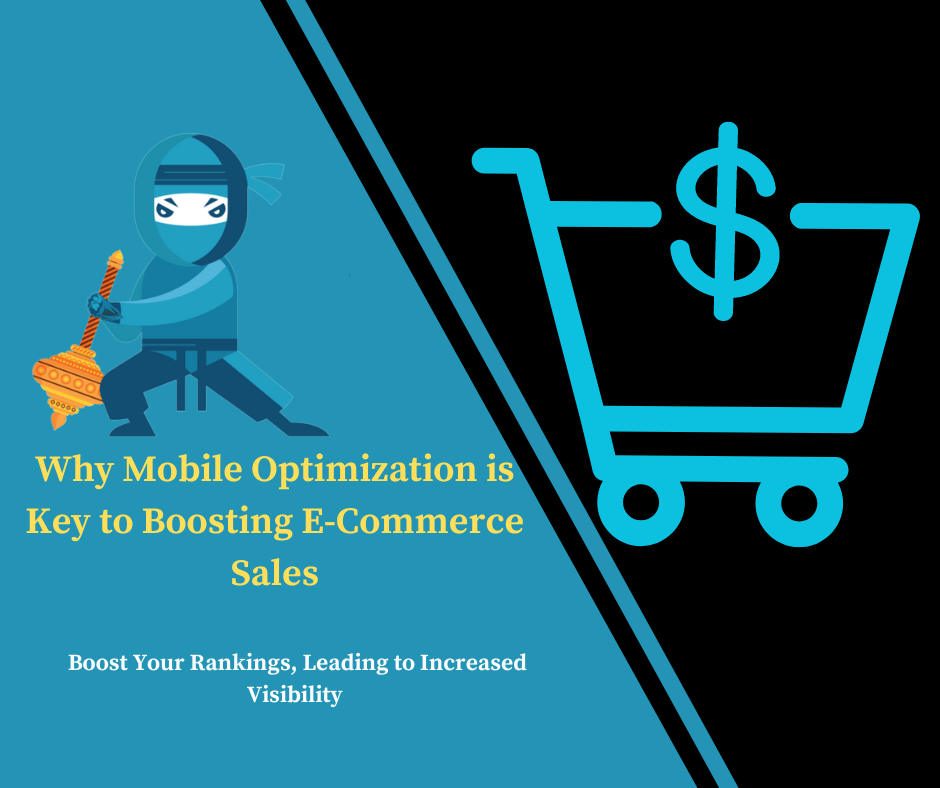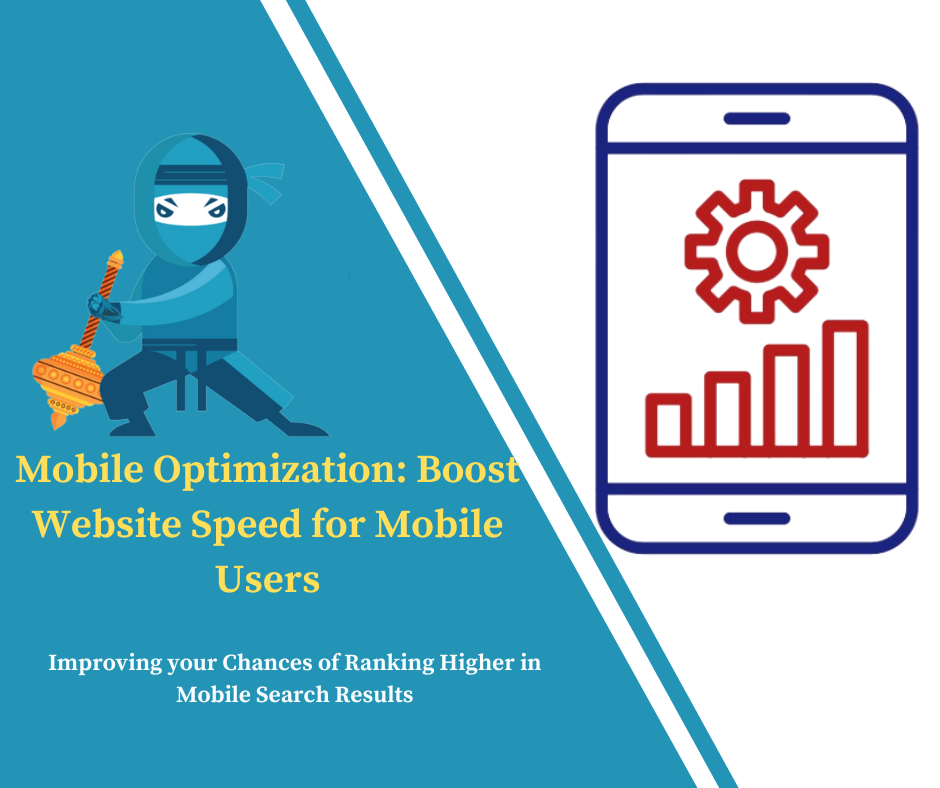Why Solar Installers Must Focus on Local Web Design Trends?

Why Solar Installers Must Focus on Local Web Design Trends
In today’s digital age, a compelling online presence is crucial for businesses across all industries. For solar installers, focusing on Local Web Design Trends can significantly enhance their visibility and engagement within their community. This article explores why local web design trends are essential for solar installers and provides actionable insights to leverage these trends for maximum impact.
The Importance of Local Web Design Trends for Solar Installers
1. Targeted Audience Engagement
Solar installers cater primarily to local markets, making it vital to tailor their websites to appeal specifically to their community. Local Web Design Trends often reflect regional preferences, aesthetics, and functionalities that resonate with local users. By aligning their website with these trends, solar installers can create a more engaging and relatable user experience, which helps in attracting and retaining local customers.
For instance, incorporating local imagery, regional color schemes, or references to community events can make a website more appealing to local visitors. This local touch not only makes the website more relatable but also enhances trust and credibility.
2. Improved Local SEO
Local SEO is crucial for solar installers to rank well in search engine results for geographically relevant queries. Local Web Design Trends often include features that are beneficial for local SEO, such as:
Google My Business Integration: Incorporating a Google My Business widget on the website can boost local search rankings and help potential customers find the business easily.
Local Keywords: Integrating local keywords into web content, meta descriptions, and headers can improve the website’s visibility in local search results.
Mobile Optimization: With a significant amount of local searches happening on mobile devices, ensuring that the website is mobile-friendly is essential for ranking well and providing a positive user experience.
3. Enhanced User Experience
A website that reflects Local Web Design Trends is likely to provide a better user experience for local visitors. Local trends often include:
Local Content: Featuring content relevant to the local area, such as case studies of local solar installations or testimonials from local customers, can make the website more engaging.
User-Friendly Navigation: Incorporating navigation elements that local users are familiar with can enhance the usability of the website.
Visual Design: Adopting local design aesthetics, such as colors and styles that resonate with the local culture, can make the website more visually appealing and engaging.
4. Competitive Advantage
In a competitive market, solar installers who stay updated with Local Web Design Trends can differentiate themselves from competitors. A well-designed, trend-conscious website can make a strong first impression, build trust with potential customers, and set the business apart from others in the area. Staying ahead of design trends can also demonstrate that the company is current, innovative, and invested in providing a top-notch customer experience.
Also read: Case Study: Digital Marketing Role in Expand Solar Panel Biz
5. Building Community Connections
Solar installers that align their web design with Local Web Design Trends often find it easier to build connections within their community. Installers can foster a sense of community and support by featuring local partnerships, community involvement, and regional success stories. This enhances their reputation and encourages local customers to choose a business that is actively engaged in their community.
How to Incorporate Local Web Design Trends

To effectively incorporate Local Web Design Trends, solar installers should consider the following strategies:
1. Research Local Preferences
Research to understand the design preferences and trends within the local market. This can include analyzing local competitors’ websites, surveying local customers, and keeping an eye on regional design trends.
2. Utilize Local Imagery
Incorporate images that reflect the local landscape, architecture, or community events. This helps create a visual connection with local visitors and makes the website more relatable.
3. Optimize for Local SEO
Ensure that the website is optimized for local search terms and includes features that enhance local SEO. This can involve integrating local keywords, optimizing for mobile, and using local business directories.
4. Highlight Local Success Stories
Showcase local projects, customer testimonials, and case studies to build credibility and demonstrate expertise within the local market. This helps in establishing trust and attracting local customers.
5. Engage with the Community
Promote local events, partnerships, and community involvement on the website. Engaging with the local community through the website can strengthen relationships and foster goodwill.
FAQ
What are Local Web Design Trends?
Local Web Design Trends refer to design elements, styles, and functionalities that are popular or effective within a specific geographic area. These trends often reflect local cultural preferences, aesthetics, and user behaviors.
Why should solar installers focus on Local Web Design Trends?
Focusing on Local Web Design Trends helps solar installers better engage with their local audience, improve their local SEO rankings, enhance user experience, gain a competitive advantage, and build stronger community connections.
How can solar installers research Local Web Design Trends?
Solar installers can research Local Web Design Trends by analyzing local competitors’ websites, surveying local customers, and observing regional design trends. Additionally, consulting with local web design professionals can provide valuable insights.
How do Local Web Design Trends impact local SEO?
Incorporating Local Web Design Trends, such as local keywords and Google My Business integration, can improve a website’s local SEO by making it more relevant to local search queries and enhancing visibility in local search results.
What are some examples of Local Web Design Trends for solar installers?
Examples include using local imagery, featuring local success stories and testimonials, integrating Google My Business, optimizing for mobile devices, and incorporating local keywords into content.
How can incorporating Local Web Design Trends benefit my solar installation business?
Incorporating Local Web Design Trends can attract and retain local customers, improve local search rankings, enhance user experience, differentiate your business from competitors, and strengthen community connections.
What are the key elements of effective local web design for solar installers?
Key elements include localized imagery and content, local SEO optimization, mobile-friendliness, user-friendly navigation, and showcasing local success stories and community involvement.
Conclusion
For solar installers, focusing on Local Web Design Trends is not just a design choice but a strategic move that can significantly impact their business. By aligning their website with local preferences and trends, solar installers can enhance their visibility, engage more effectively with local customers, and build a strong community presence. Embracing these trends ensures that their online presence is not only appealing but also strategically positioned to drive business growth and success in their local market.



